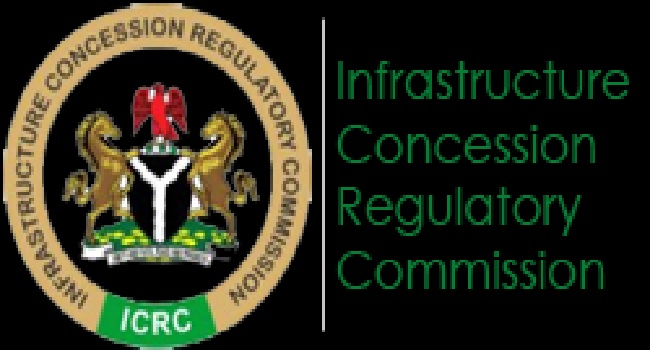The Infrastructure Concession and Regulatory Commission is to collaborate with the Nigerian Shippers’ Council to make Inland Dry Ports bankable and attractive to more concessionaires.
The Acting Director-General of ICRC, Chidi Izuwah, said this in a publication of the Council, entitled “The Shipper,” made available to newsmen in Lagos on Monday.
There are six approved locations for the Inland Container Depots/Container Freight Stations, which had been concessioned to private sector operators by the Federal Ministry of Transportation.
The six ICDs are: Isiala Ngwa in Aba, Abia State; Erunmu, Ibadan, Oyo State; Heipang in Jos, Plateau State; Zawachiki in Kano, Kano State; Zamfarawa in Funtua, Katsina State; and Jauri in Maiduguri, Borno State.
Izuwah said if the IDP was bankable, it would attract the right level of financing from lenders and make them viable.
He said both the council and the Federal Ministry of Transportation were determined to make the IDP project successful.
According to him, IDPs are included in the National Economic Recovery and Growth Plan because the fastest way to increase such capacity in any country is to build dry ports.
He said: “The IDPs will build industries around them because it is about transport and those area they are located will develop and grow our Gross Domestic Product (GDP).
“The government is working very hard. We have to face the reality, building a rail is expensive and takes time.
“The existing narrow gauge lines transverse our country very well and government is in the process of concessioning that narrow gauge lines to General Electric to provide freight services.”
According to Izuwah, presently many of the IDPs are located near the rail lines, so it is just to put a siding.
“The one in Isiala Ngwa, Kaduna and Jos are near the rail and the next thing is to provide people who can operate the system,” he said.
Izuwah, who said that many people had good intentions, added that they were not able to appreciate what they needed to do in terms of preparation to develop the IDP project.
He said the feasibility studies for the licensed IDPs were not properly done, stressing that there was no proper due diligence in terms of the promoters.
According to him, for one to have a dry port, one needs to have good connectivity between the ports and the IDPs.
Izuwah said: “In Malaysia and in the Far East, they use IDPs in a standard process. The only thing they do at the ports is vessel handling.
“They do not clear goods at the ports, the container will just leave the vessel on the land and the vessel will go away and they move the containers to the IDPs.
“It is at the IDPs that the owner of the consignments will do Customs formalities and clear the goods.
“Also the Inland Dry Ports are points of origin and destination.”
According to Izuwah, some of the processes required for establishing IDPs were not done properly, saying that was why the ICRC wanted to work with the Shippers’ Council to plug those gaps and make them bankable.
The NSC is saddled with the establishment of Inland Container Depots or IDPs under the Public Private Partnership initiative in the country.


